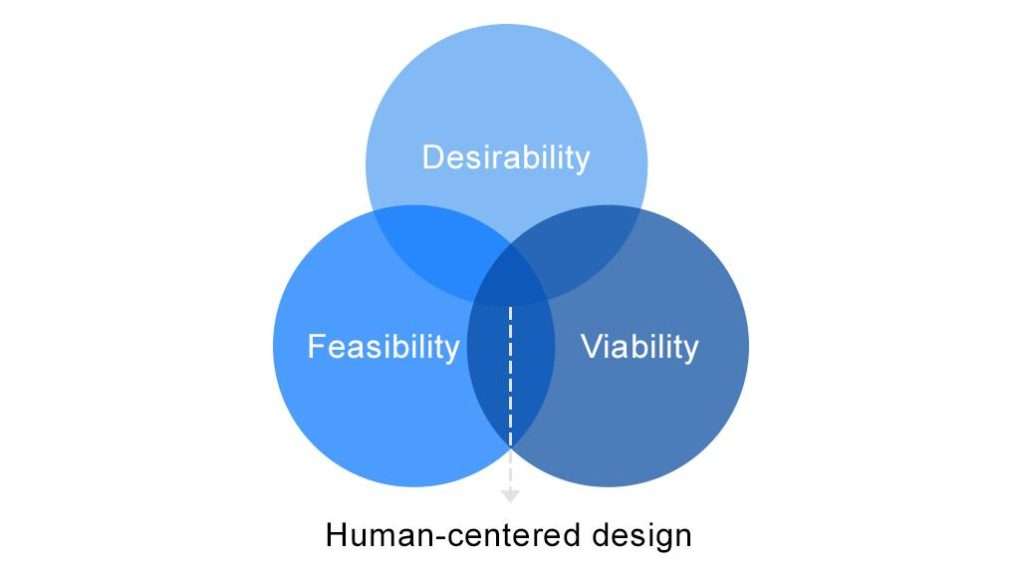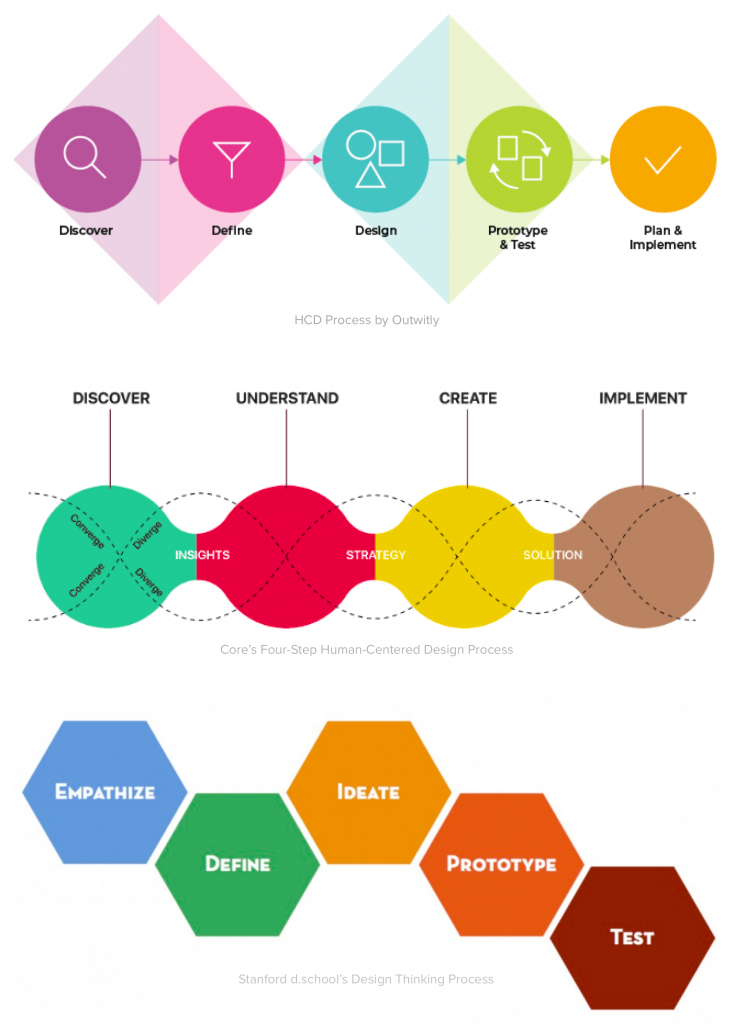Table Of Content

First, the landing page opens with individual images of the three designers that change position and facial expression when you hover over them. When you scroll down, the designers raise their arms and pull down the next section of the site as though it’s a set of window blinds. Human-centered designs are for all types of people, so use a diverse cross-section of future users to test your designs. Deliberately seek out people with different cultural and linguistic backgrounds, ages, and accessibility needs. When creating a site, follow accessibility design guidelines, and use an accessibility checklist to avoid accidentally leaving a group of users underserved. It’s best to approach these rapid cycles as experiments rather than framing them as tests that your design will pass or fail.
Company
A human-centered design approach ASU News - ASU News Now
A human-centered design approach ASU News.
Posted: Thu, 06 Oct 2022 07:00:00 GMT [source]
The most basic and widely used design approach includes a website’s sitemap. The interface design of both websites and mobile apps should be designed so that users can quickly acquire the information they need. This notion is known as accessibility, and it matters a lot for the UX design of a website or app. The core foundation of Yelp is to serve as a social networking platform where users can post reviews for numerous businesses and make reservations. Still, if you carefully look into its design, you will notice that the platform has enhanced its usability with convenient navigation features.
Colgate Electric Toothbrush
Their approach involves direct engagement with the end-users, ensuring that the designs cater to diverse needs and preferences. The first step in the HCD approach is to immerse oneself in the users’ world to gain a comprehensive understanding of their perspectives, needs, challenges, and aspirations, a form of deep empathy. Like user-centered design (UCD), HCD involves listening carefully to the people that your product will serve throughout the whole design process. But while UCD focuses on the end user in isolation, HCD zooms out even further to consider how the product will affect people’s daily lives, families, and communities. Today’s typical product design methodology applying a human-centered design process “inverts” the typical industrial age approach.
Focus on people
The importance of applying human-centered design thinking to product design cannot be underestimated. As well as potentially having an impact on a company’s bottom line, it leads to better products that solve real-world problems for people. Lastly, implementation is about delivering a refined version of a design into the world. It includes telling the story of your design through marketing or storytelling, launching a pilot, and implementing a business model to sustain what you have made.

They may conclude the integration is complex and just leave it altogether. Whether you’re a communication tool like Slack or a Project management platform like Asana, adding visual elements to your design helps people better express thoughts and leads to fewer misinterpretations of messages. Airbnb with its great booking functionality is a perfect example of user-centered product design. Now that the user understands the value of this app, it asks to create a profile. As you’ve already learned something very quickly and easily it makes sense to click “create profile”.
If it’s realistic to do so, some designers also choose to join the target community for a while to have these experiences firsthand. With HCD, human beings are involved in the design of products and services right from the start. It’s a process where the end product is based on “human-centric design solutions” to people’s problems, goals, and needs. When Salesforce designs its platform for internal users, it often references user stories to better understand the problems that need solving. Salesforce admins spend time with their users to observe their workflow and pain points, then work backwards to address the process first and the technology solution second. The goal of human-centered design is to create solutions that are not only functional, but also enjoyable for individuals.
The Revival of Human-Centered Architecture Features - Archinect
The Revival of Human-Centered Architecture Features.
Posted: Thu, 10 Nov 2022 08:00:00 GMT [source]
Phase Three: Implementation.
Great advances were made in electronics and computing throughout the second half of the 20th century. The problem was, the designers of many systems often overlooked the human limitations of the people who had to interact with them. Are you interested in learning more about the benefits of human-centered design? Explore our seven-week Design Thinking and Innovation course, one of our entrepreneurship and innovation courses.
Empathy
Hopefully, these examples confirm the usefulness of human-centered design for creating long-lasting and innovative products. You’re now ready to tackle your creative process from a new angle -- the human angle. The three phases of the human-centered design process are inspiration, ideation, and implementation. Unlike your boss in the first example, the HelloFresh founders didn’t develop an idea unrelated to real consumer needs. Instead, they recognized a struggle someone was facing and then worked to invent a solution.
Users can trigger them anytime to appreciate colleagues in comments, tasks, and messages. The design makes the Compare iPhone Models tool helpful and easy to use. As for the iPhone compare feature, it allows users to choose three models and see their side-by-side characteristics.
It was developed over 20 years by research scientists to help allergy sufferers, and it was Riering-Czekalla’s job to design housing for the technology. The device had to be easy to use but also look nice in someone’s living room or bedroom. As opposed to designing in a way intended to maximize the efficiency or capabilities of the technology itself, HCD strives to solve the problems that the user is experiencing. Whether it is a website’s sitemap or the options in a search bar, every feature needs to be visible and accessible to the user.
You'll want to incorporate this and similar insights about your product's placement, packaging, and pricing into your launch. By grounding your product's design and launch in terms of user needs and pain points, you maximize the chances it will be well-received. The testing phase involves putting the prototypes into the hands of users to evaluate their effectiveness, usability, and desirability.
In this phase, designers pinpoint the problem that their design will solve and conduct research to understand the issues more deeply. They’ll often start by reading about the field or industry they’ll be working with. That knowledge will allow them to conduct thoughtful interviews with people in the target demographic to find out more about their needs and desires.
Good designers know human behavior is complex and dynamic, which makes it challenging to predict how individuals will interact with a design. That’s why HCD’s best practice is to quickly build and test a series of possible solutions in the form of prototypes. This helps identify problems early and saves considerable resources down the line.
No comments:
Post a Comment